Namche Bazar, Nepal - 11,236' (3,426 m)
Chaos in the streets outside Thamel, Kathmandu
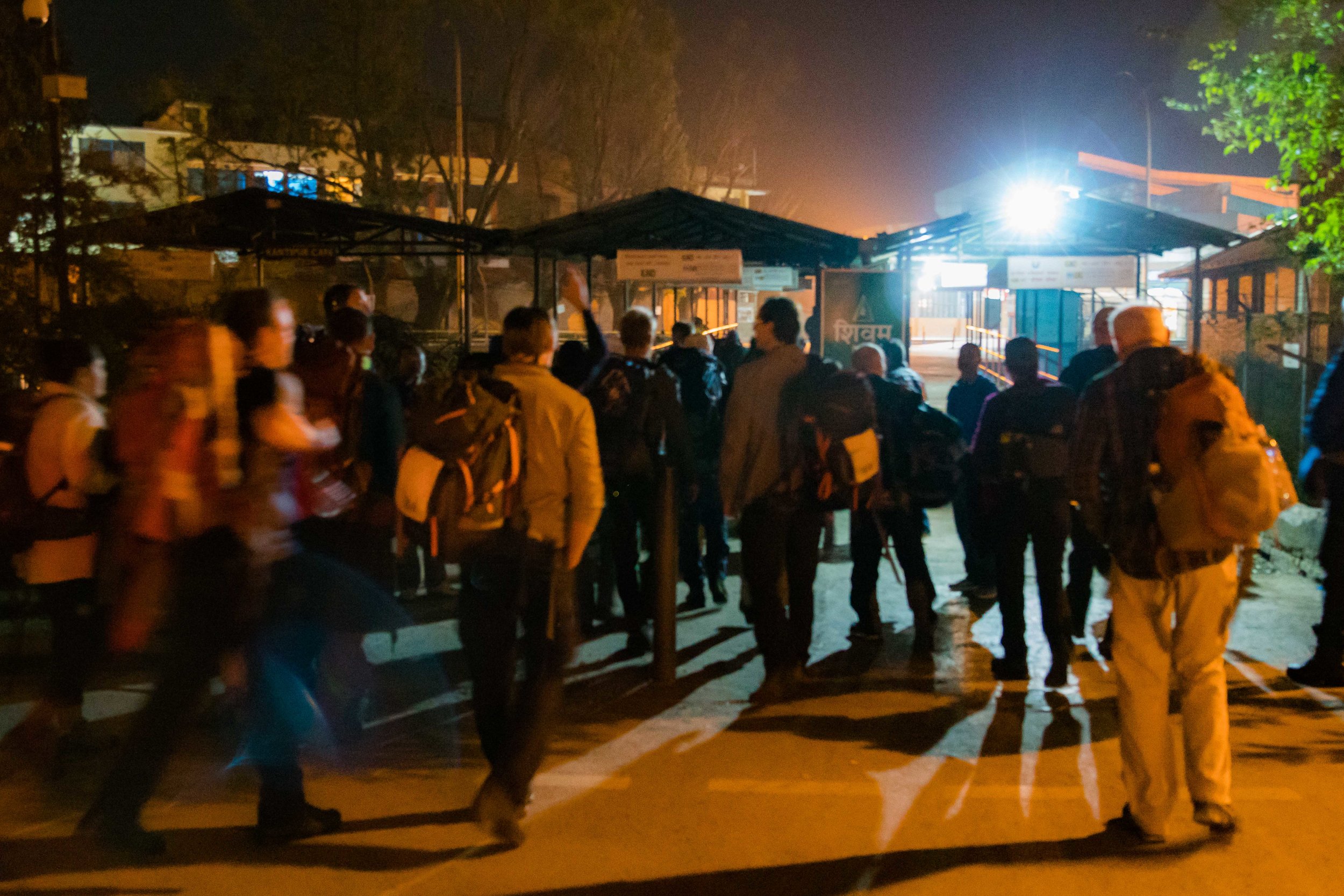
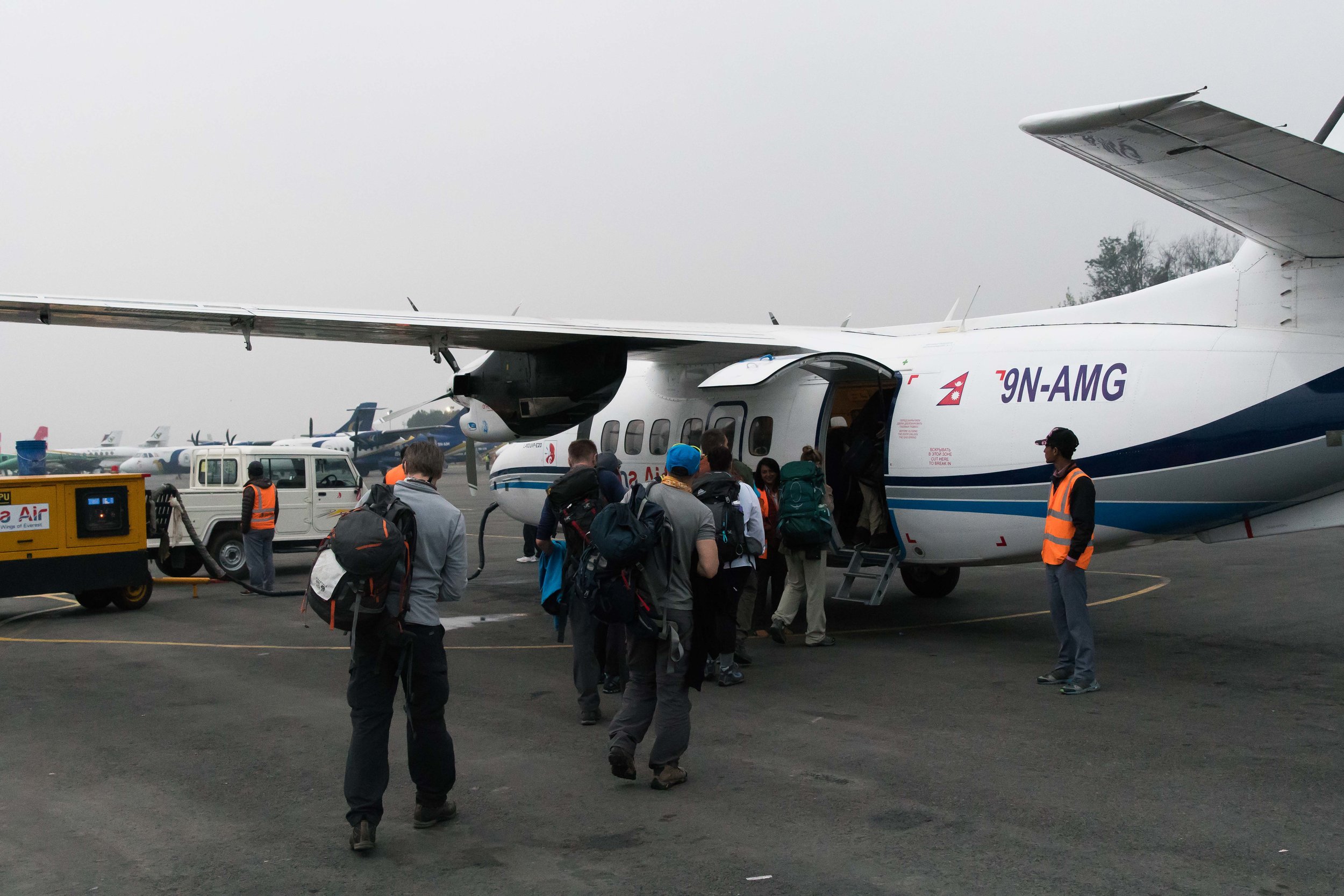
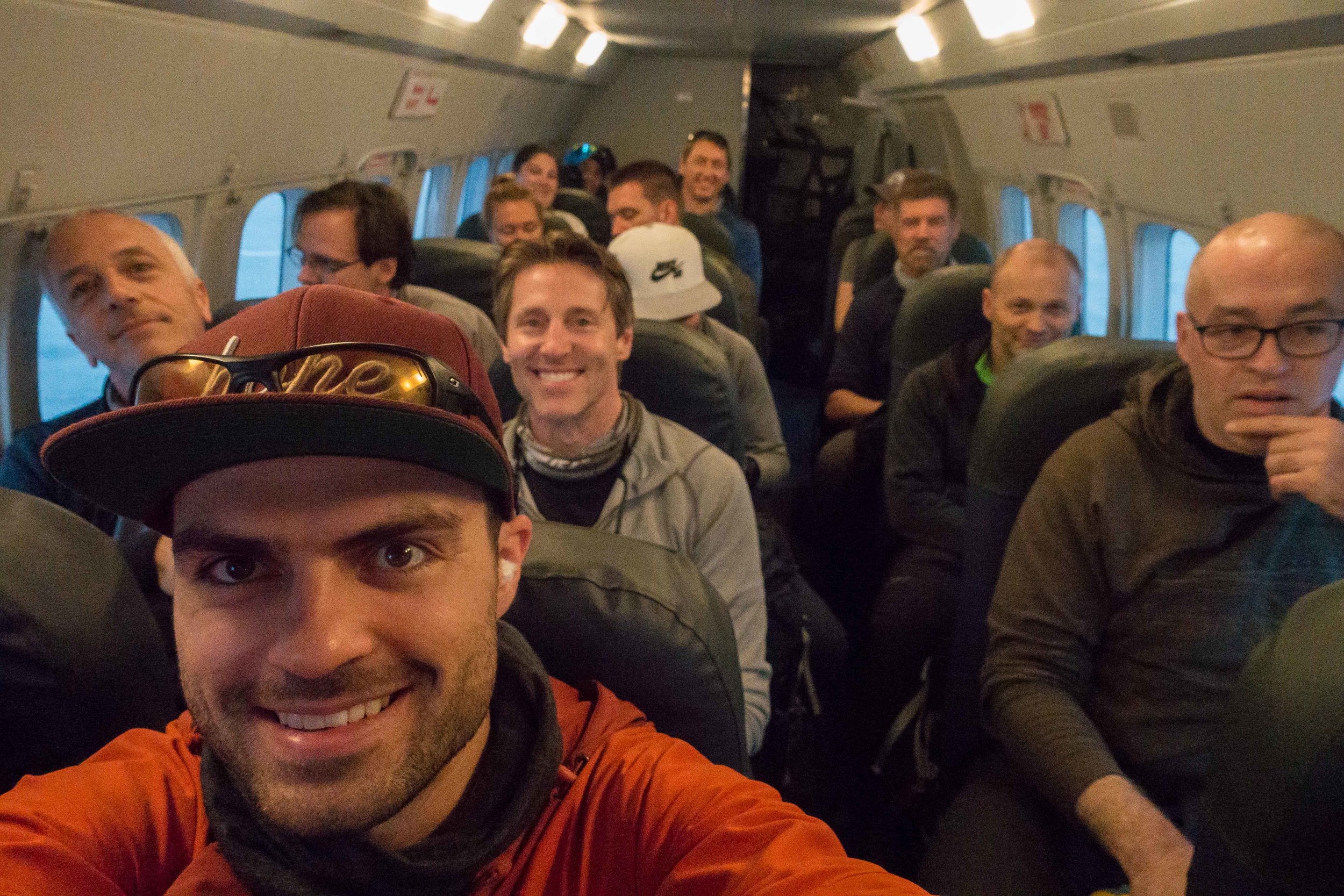
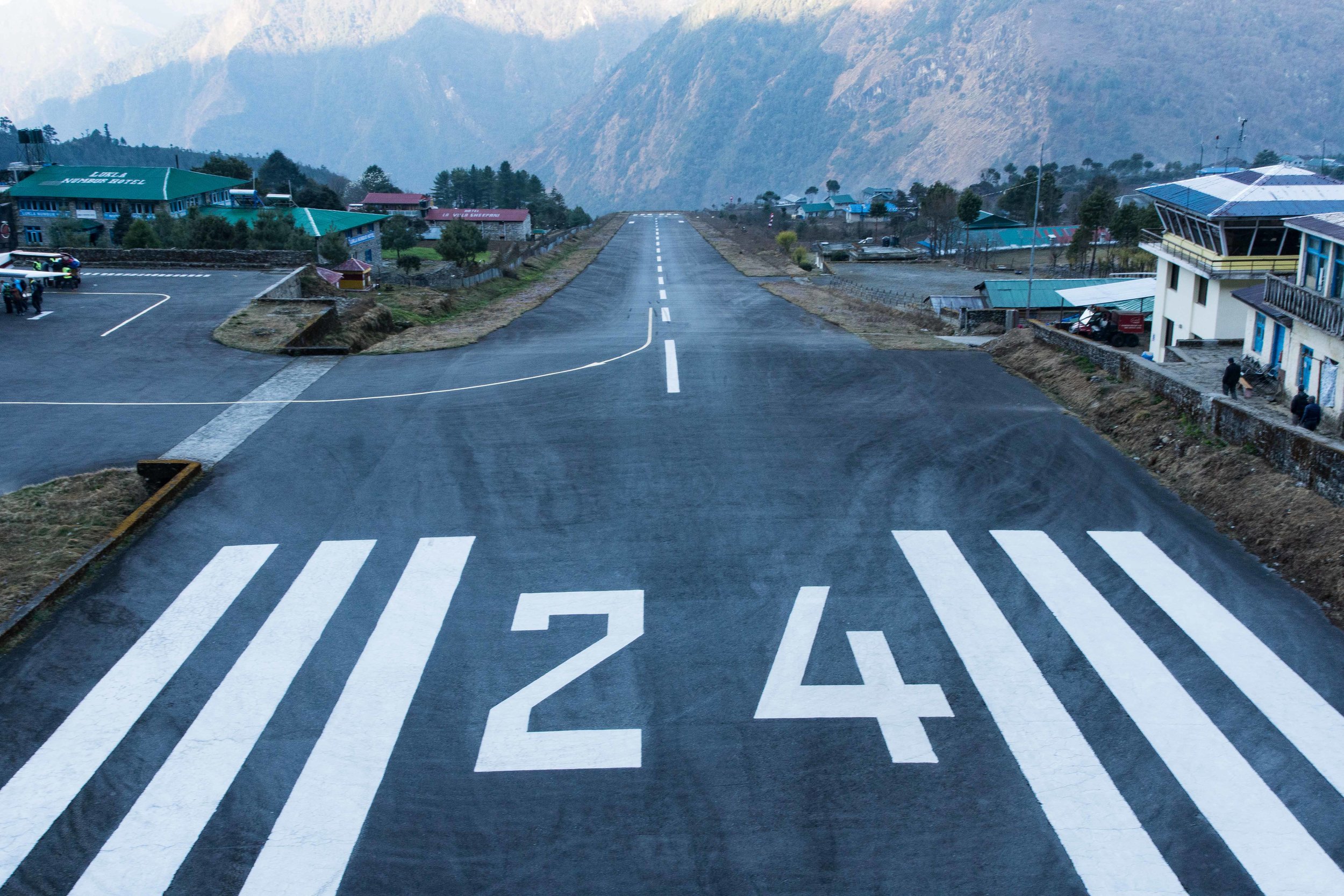
Since scientists discovered and codified the foundations of thermodynamics in the 19th century, the increase in entropy, i.e., the “chaos” in the universe, has been considered a statement of the irreversibility of time. The universe tends towards disorder, and in measuring this monotonic march towards anarchy, one also measures the progress of time. For the English majors reading this, Nigerian author Chinua Achebe paraphrases this concept well in the title of oft-heralded book Things Fall Apart, but scientists would have written two sequels: They Keep Disintegrating and You Can't Put Them Back Together. This concept not only has withstood a continuous assault from advances in science but also has had its deepest nuances enhanced by these new discovers. But science cannot describe all aspects of existence, and so by some strange, ancient Himalayan magic, as time has worn on during this expedition, entropy has decreased and my world has gotten simpler:
- Ten days since movers put almost all of my possessions in storage: 1,700 sq ft (158 sq m) to three duffel bags and one backpack.
- Eight days since I left New York City: Now home is wherever I happen to sleep at night.
- Four days since our flight from Kathmandu to Lukla: My possessions have been whittled to the 44 pounds (20 kg) of baggage permitted for the flight.
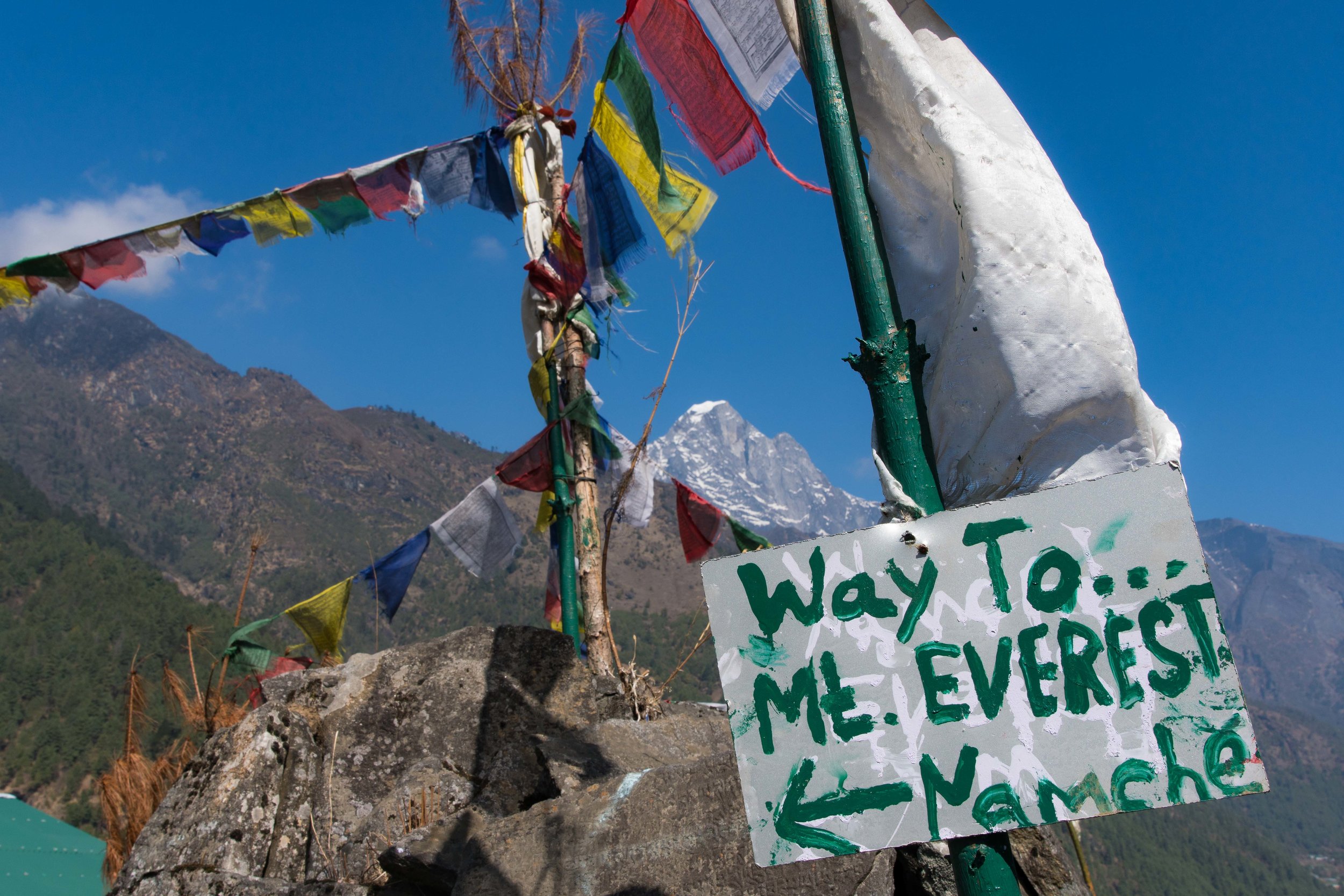
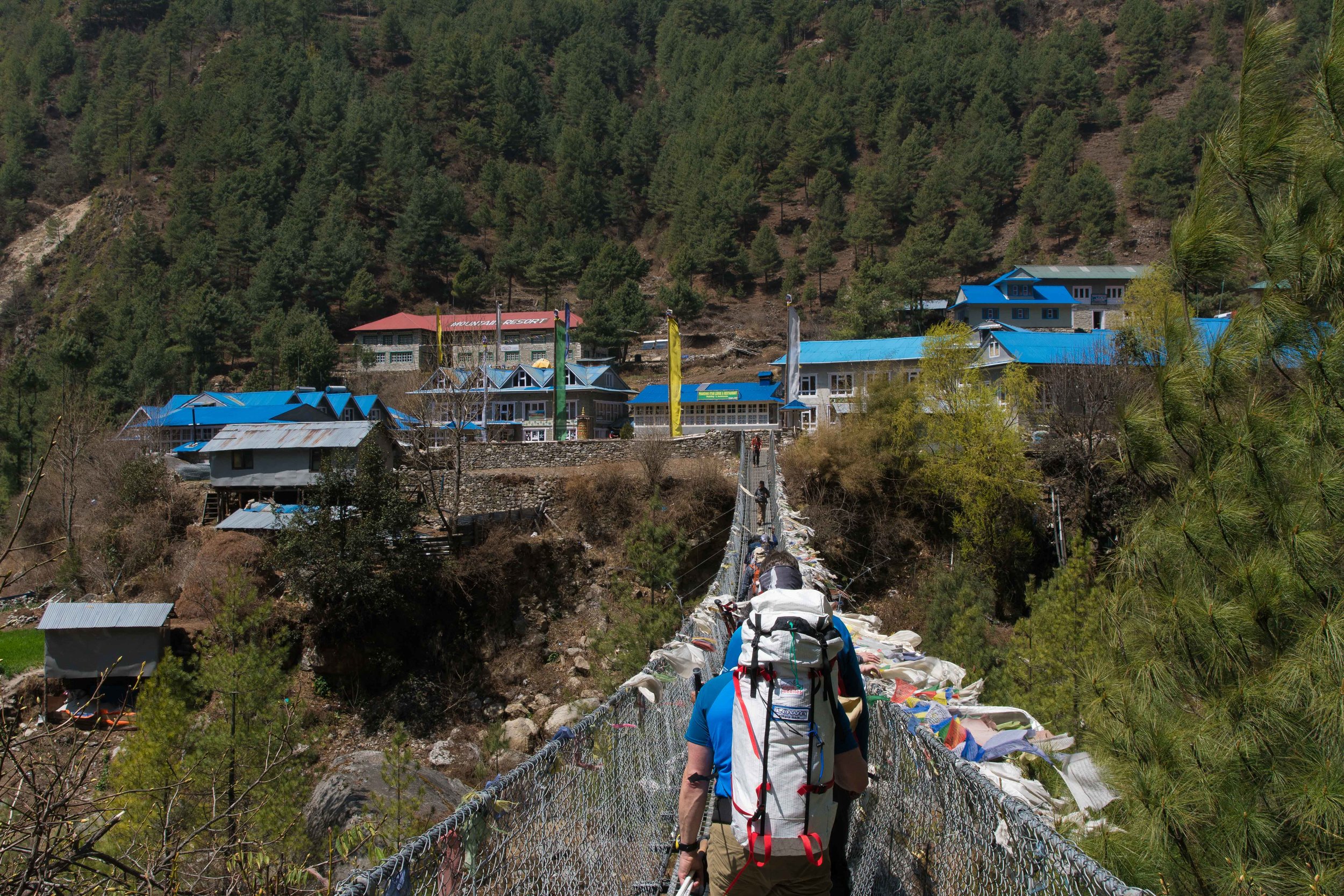

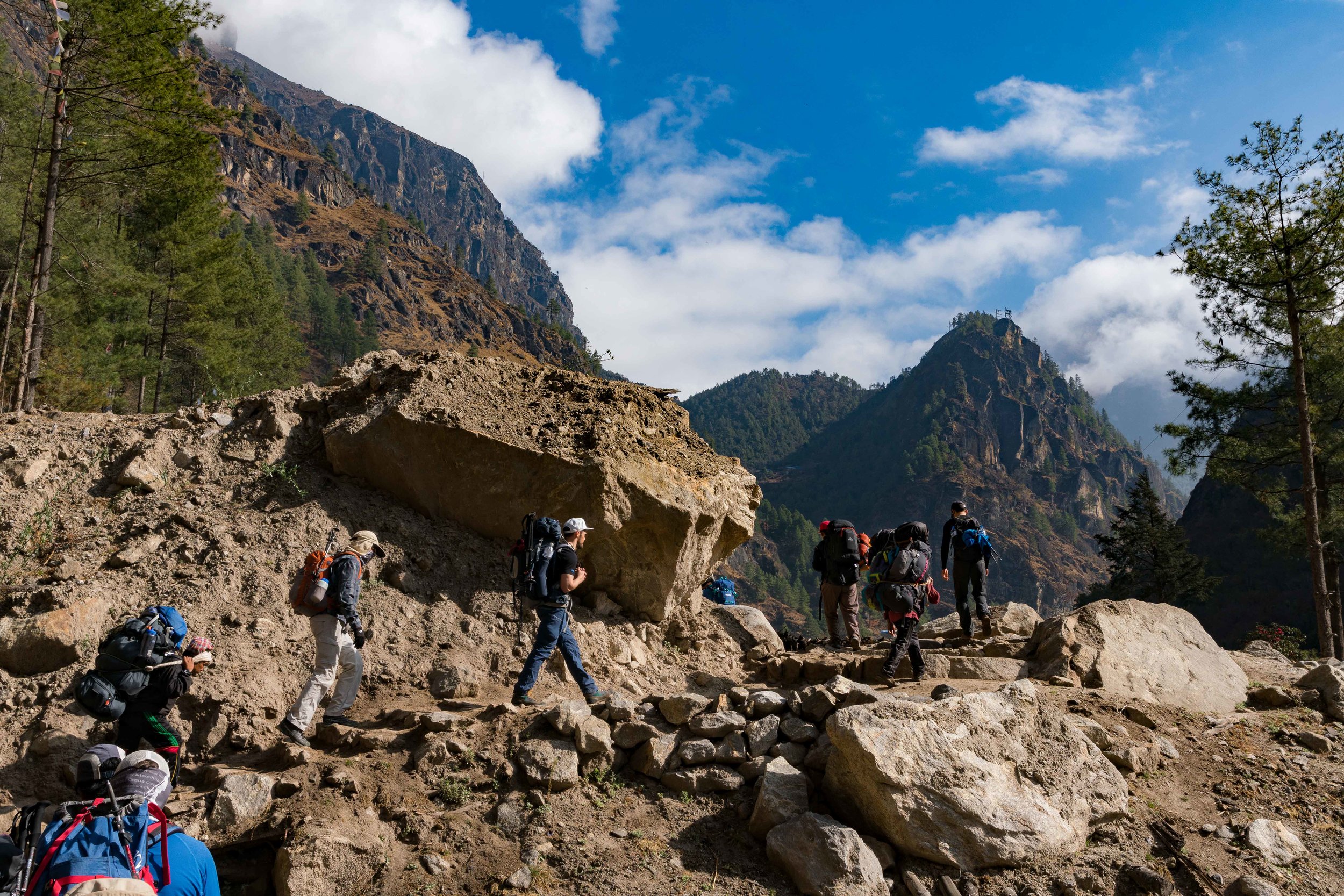
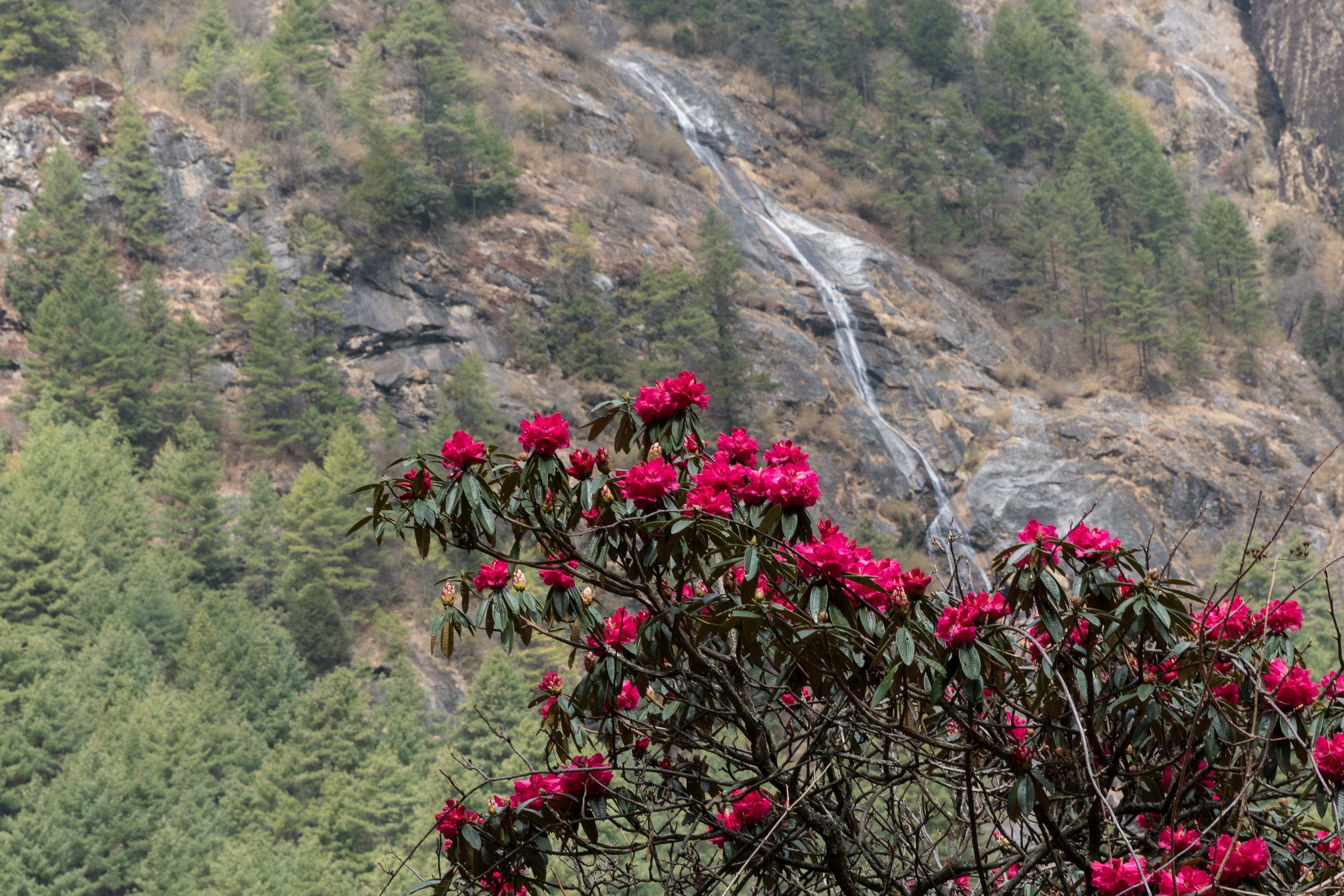
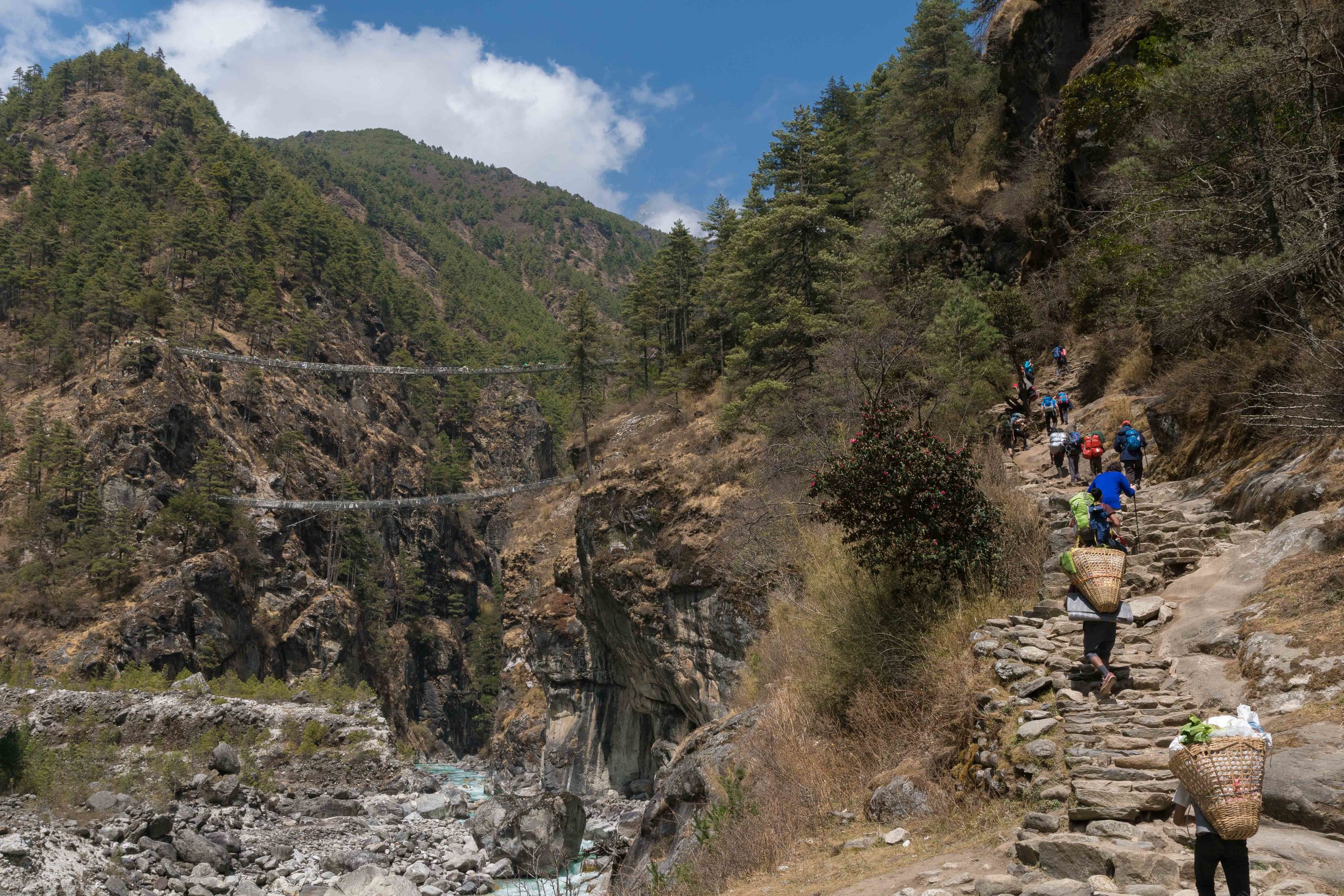
But perhaps the lens of entropy is not the most convenient filter through which to view this journey. As my bubble of comfort diminishes and eventually completely evaporates, mountain life seems to invert Maslow’s hierarchy of needs. There are no guarantees of safety on the mountain and addressing simple biological necessities such as food, water, and rest is incredibly complicated. Even in this preamble to our laps up The Hill, life has already become more rugged. Showers are available only every few days, water must be disinfected assiduously in order to avoid stomach illness, and the rarefied atmosphere makes walking laborious. (On the plus side, as of writing this we still have seated toilets.) But even on summit day as each climber struggles to maintain his or her vigor and vitality and the team effort of an expedition climb is reduced to an incredibly individual and personal toil, new enlightenment awaits. With so many breathtaking inversions, it is fitting that this journey takes place in such an inimitable and magnificent setting.
A porter carries goods along the trekking route between Lukla and Namche Bazar
We’ve spent the last two days in Namche Bazar, an relatively bustling town of around 2,000 people and the last major outpost on our trek to Everest Base Camp. The path from Lukla towards Everest is an ancient trade route between Tibet and Nepal, and Namche is the historic center of economic activity along this corridor. For hundreds of years, merchants traded Himalayan sea salt for produce grown in Nepal’s fertile river valleys, carrying their cargo on foot over rugged terrain and high mountain passes. That such a journey across the Himalaya was economically beneficial let alone physically viable is astounding, and yet the constant stream of porters up the valley testifies to the time-tested strength and determination of the Sherpa people and their Tibetan cousins.
Namche Bazar viewed from above the town's monestary
Namche is nestled into a cirque on the steep cliffs above the Bhote Koshi River and overlooks Kongde Ri, one of the Himalayas’ diminutive mountains at 20,299’ (6,187 m). The lot size for the ubiquitous tea houses and shops has been determined by the dimensions of the crop terrace which these establishments have displaced. Narrow alleys wind through town, paved unevenly with rocks harvested from the hillside. Walking around you are tempted to let your gaze wander, but you are quickly shaken from your wonderment when you trip over an errantly laid cobblestone.
With little to inject chaos into the diurnal rhythm, life here follows a predictable script: At daybreak women gather to wash clothes before the fog crests the pine forest underlying the town, making drying laundry impossible. Also taking advantage of the clear skies, helicopters spend the morning running laps between Kathmandu and Namche, delivering building supplies for the villages and duffel bags for mountain expeditions to Everest, Lobuche, and Ama Dablam. By early afternoon, porters that started their day in Lukla complete the 10 miles (16 km) and 4,000’ (1,220 m) climb to Namche. In addition to their crippling loads, the porters seem to tow up the fog from the valley floor, and with the fog comes a permeating silence.
Kongde Ri (20,299’; 6,187 m) across the valley from Namche Bazar
Signaling the end of teatime, Kongde Ri roars to life in the late afternoon. The sun finally has defeated the tenuous grasp of an enormous block of ice and snow perched high on the mountain, and a torrent careens down a steep couloir, releasing even more avalanches and rock slides in its wake. At the first crack of this fury, life in the town grinds to a halt with locals and tourists alike trying to catch a glimpse of the carnage through the dense fog that bisects the valley. The violence of the mountain’s outcry seems to be a transgression against the tranquility of this languid town, and the chime of a prayer wheel from the nearby monastery serves as a respsonsorial psalm, restoring order and peace.
More discoveries await as we continue towards Everest. Thirty-six days until Himalayas are in prime season for summits. We continue up valley tomorrow. Phortse, the hometown of a majority of our Sherpa guides, will be our next stop.